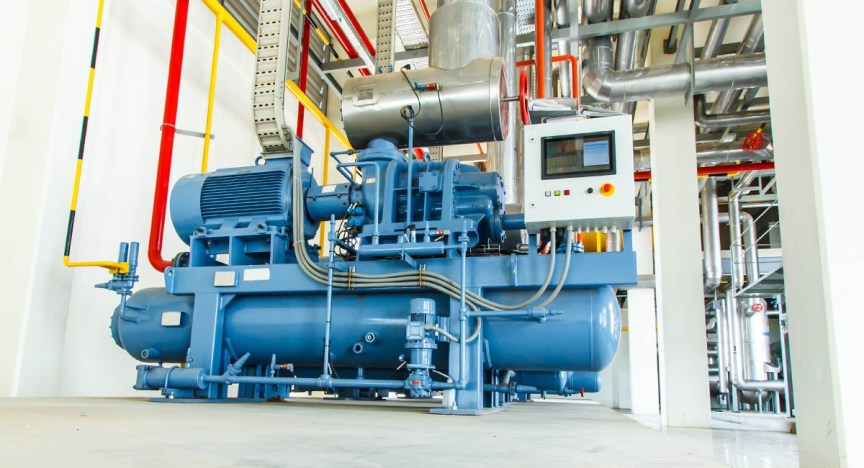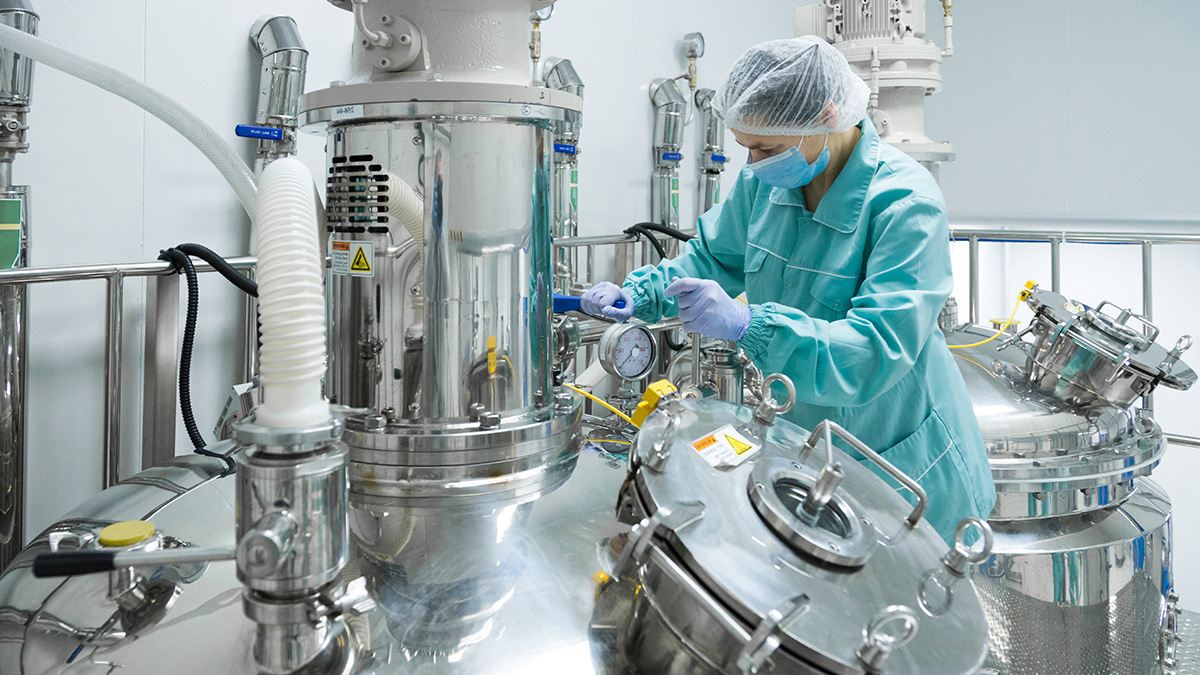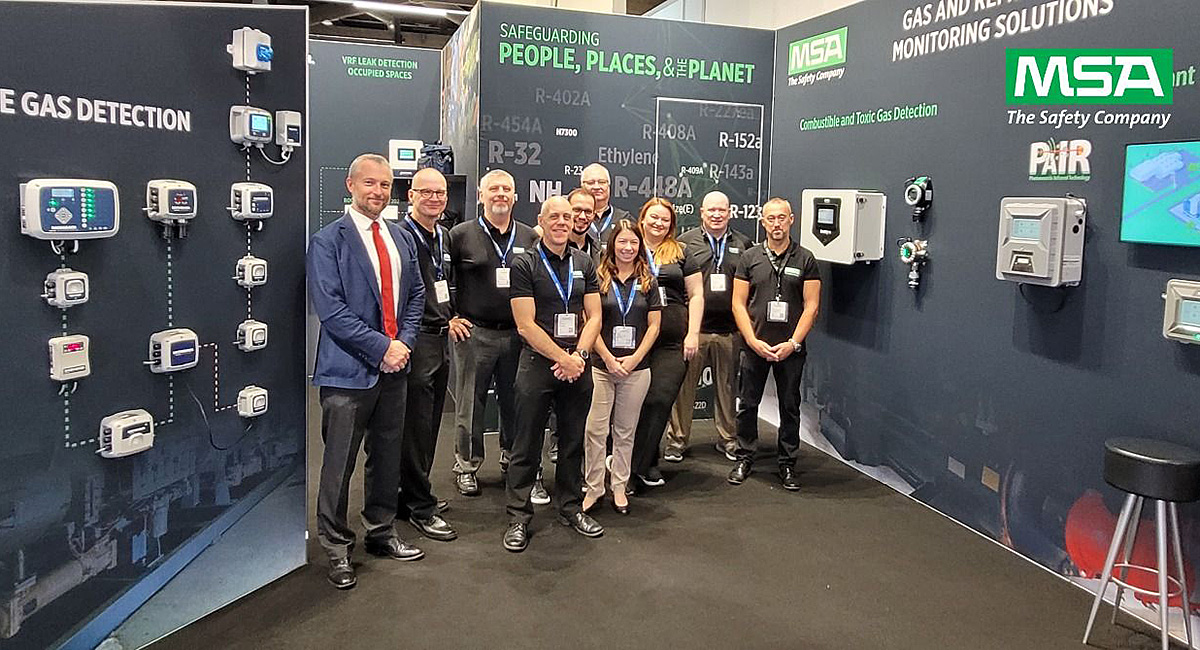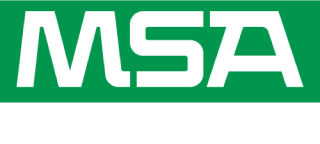
F-Gas Compliance With Low-level Refrigerant Leak Detection
F-Gas compliance requires regular refrigerant leak checks and immediate repairs should any leaks be found. However, what systems do you use to find refrigerant leaks as early as possible, so you can repair leaks swiftly and effectively? More often than not, diffusion systems are deployed. These are great for safety regulations and basic compliance, although diffusion systems do not necessarily pick up low-level leaks. Low-level leaks often go unnoticed, and over time can account for huge refrigerant emissions. This blog post looks at leak detection requirements for F-Gas compliance and how aspirated low-level refrigerant leak detection can be used effectively to reduce your refrigerant emissions.
F-Gas Regulations & Emissions Reduction
HFC phasedown in the European Union was adopted in 2006 with the F-Gas Regulation (EC) 842/2006 and later revised and replaced by EU 517/2014 in April 2014. The Regulation stipulates a stepwise decrease in HFC use of 79% by 2030, ahead of the Kigali Amendment goal for 2047. HFCs were originally developed in the 1990s as a substitute to chlorofluorocarbons (CFCs) and hydrochlorofluorocarbons (HFCFs) which deplete the ozone layer. However, HFCs and F-gases in general have since been recognized as powerful greenhouse gases with high global warming potential (GWP) up to 23,000× greater than carbon dioxide (CO2). With high potential damage such as this, it’s even more important to consider low-level refrigerant leak detection.
F-Gas Requirements
As explained, the overall aim of the F-Gas regulation is to reduce and contain emissions by using responsible refrigeration. And with it being a criminal offense to release F-gases into the atmosphere, the responsibility for the legislation falls on the owners and operators to:
- Prevent leakage
- Ensure that leak checks are carried out
- Repair any leaks as soon as possible
- Arrange proper refrigerant recovery
- Maintain record of any refrigerant losses, additions and servicing
F-Gas Leak Inspection Requirements
The requirement for leak detection, inspection and leak check frequency depends on the total CO2 equivalent (tCO2e) charge of the equipment. This can be calculated from a quantity of F-Gas by multiplying the mass of the gas (in tons), by the GWP of the gas. The mass of the F-Gas is usually expressed in kilograms (kg) on product labels. To convert the mass to tons, divide by 1,000.
As the following table shows, stationary equipment that has over 5 tCO2e requires regular inspection and calibration. Inspections can cut in half if using a calibrated refrigerant leak detection system (ALDS). Bearing in mind, ALDS is mandatory for refrigeration systems over 500 tCO2e. For instance, inspection time for a system with 400 tCO2e is every 6 months. However, with an ALDS, inspection frequency is every 12 months.
| Size of Equipment | Leak Detection Requirement | Leak Detection System (ALDS) Inspection / Calibration Frequency | Equipment Leak Check Frequency (without ALDS) | Equipment Leak Check Frequency (with ALDS) |
|---|---|---|---|---|
| 0–5 tCO2e | Optional | Optional | Optional | Optional |
| 5–50 tCO2e | Optional | 12-months | 12-months | 24-months |
| 50–500 tCO2e | Optional | 12-months | 6-months | 12-months |
| 500+ tCO2e | Required | 12-months | N/A | 6-months |
Low-level Refrigerant Leak Detection
Detecting refrigerant leaks as early as possible means repairs can be carried out swiftly and effectively, minimizing refrigerant loss and thereby minimizing the environmental impact and reducing operation risks. However, finding leaks, especially low-level leaks that can accumulate over time can often be difficult to locate. Factors to consider include; air flow, refrigerant density, installed equipment location, type and nature of refrigerant equipment.
Air Flow and Refrigerant Density
Low-level refrigerant leaks often go undetected over time and are only identified when the refrigeration equipment fails through a loss in refrigerant charge. If the low-level refrigerant leak was situated in a sealed area such as a walk-in freezer or coldstore, the refrigerant will build up over time and cause an alarm notification. However, once the room is opened, the refrigerant is dispersed, and the leak can no longer be found. In a similar way, a higher level leak that is diluted in large volumes of air or is acted on by air flow, will often go undetected at low-levels.
Minimum Detectable Level
In general, an aspirated infrared fixed leak detection system is most effective for detecting low-levels of refrigerant leaks. Aspirated systems provide monitoring with the lowest comparable Minimum Detectable Level (MDL) and provide the highest level of accuracy down to 1 ppm. An aspirated system is cost effective for monitoring larger areas, as the system draws samples from different locations around the site to a single gas detection unit. What’s more, aspirated systems can be connected to automated alarm and notification systems so even low-level leaks can be addressed quickly and effectively.
Detect Leaks Early & Reduce Refrigerant Losses
The benefits of an aspirated leak detection system that can detect low-level refrigerant leaks are huge. When it comes to F-Gas compliance, being able to detect a refrigerant leak early, means that the leak can be fixed as swiftly as possible. This also means that the leak is unable to grow into a large-scale leak event. What’s more, the equipment can continue operating with little to no downtime. Last but not least, the cost to replace the lost refrigerant is greatly reduced and more importantly, the damage to the environment is minimized.








